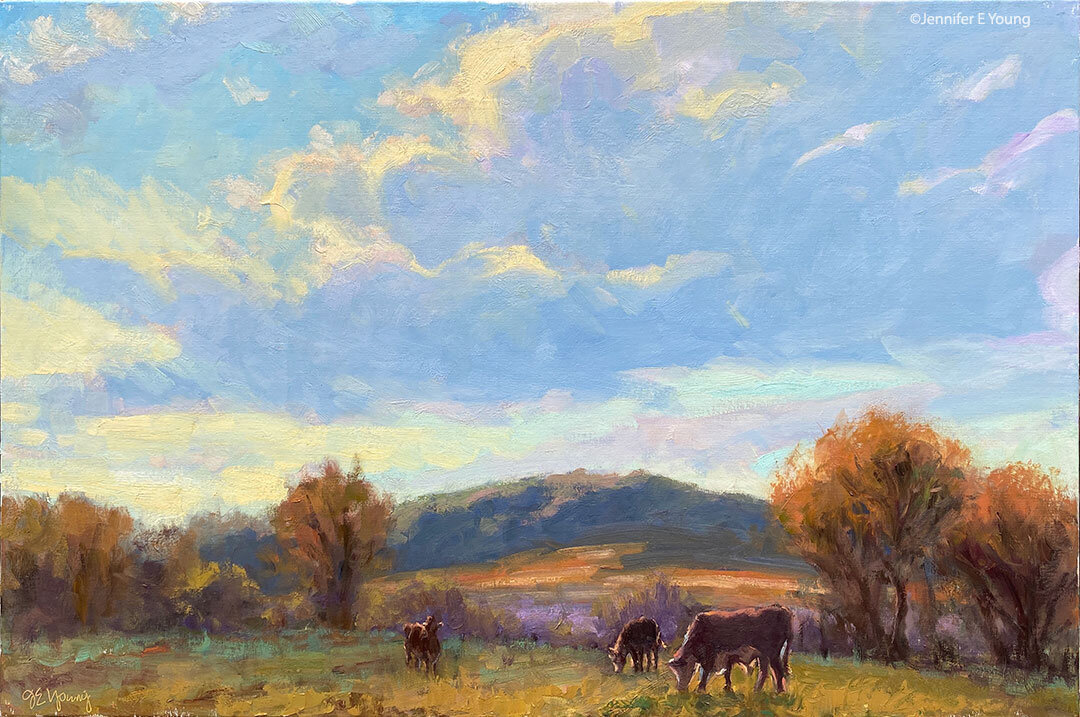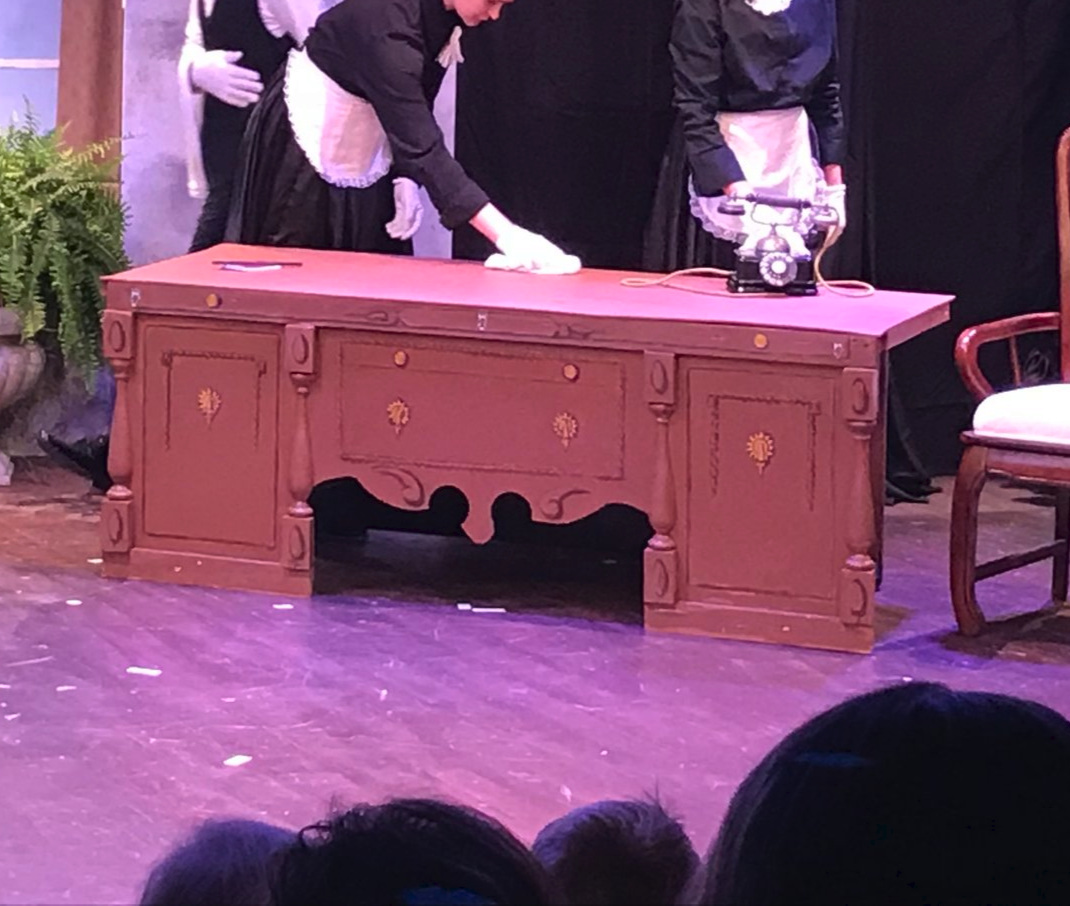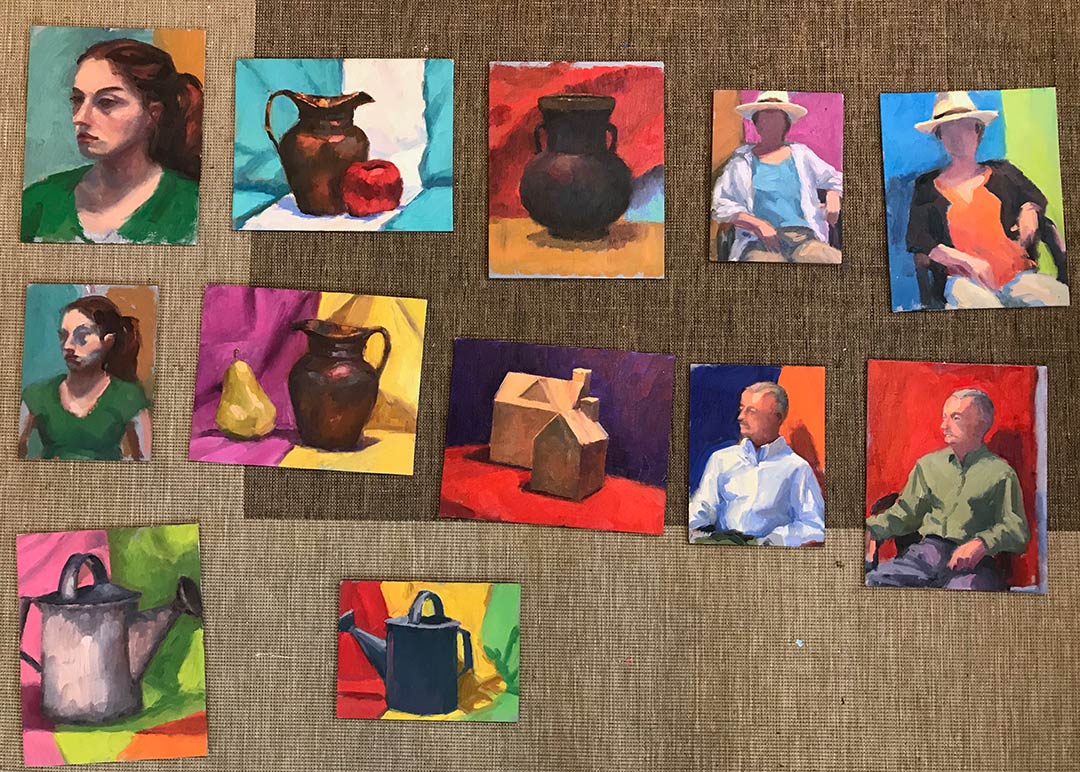Travel Plans
/Travel is one of the most joyful parts of my life as an artist. I love traveling to new and beautiful places to paint and gather inspiration, and I feel so fortunate that my business is able to support my adventures. This February we will be taking a much welcomed trip down to sunny Key West. We were supposed to go last Spring, but bad weather caused us to cancel those plans. Here's a scene I painted from photos I took on our last trip to Key West. It's called "Sunset Celebration". It measures 11x14", oil on canvas. For more details about the painting, check out my scenes of the American South section on my website:

I've also started planning for a June trip to Lake Como, Italy! I think the scenic views of the lake regions in Northern Italy are some of the most striking and beautiful in the country. The uniqueness of Lake Como is that it is distinctively Mediterranean, with lush flora, palm trees and cypresses, but set against a stunning backdrop of the Alpine mountains. I am so excited to be returning to this area, since the last time I went was many years ago and my camera broke on day two!
I will be painting on location both in Key West and in Como. I am primarily an oil painter but I'm considering bringing watercolors instead, since they allow for easier cleanup and are more portable. Plus, with the new airline regulations I have heard many instances where other artists have had their oil paints confiscated by the airlines. That's quite a setback to experience, considering the painter has to buy a whole new set of expensive paints at the destination site. Supposedly you can bring a letter from the paint manufacturer insisting that the oil paints are made with vegetable oils and do not contain but a trace of ingredients that would be considered "flammable".
But in past trips since 9/11 I have not wanted to take the chance. If I wanted to paint in oils overseas I ended up just shopping for small tubes of paint in the destination country. This can actually be a really fun experience, because there are so many fine products in the art stores of France and Italy. But it does take a bit of extra planning and time if one is going to be staying primarily out in the country.














